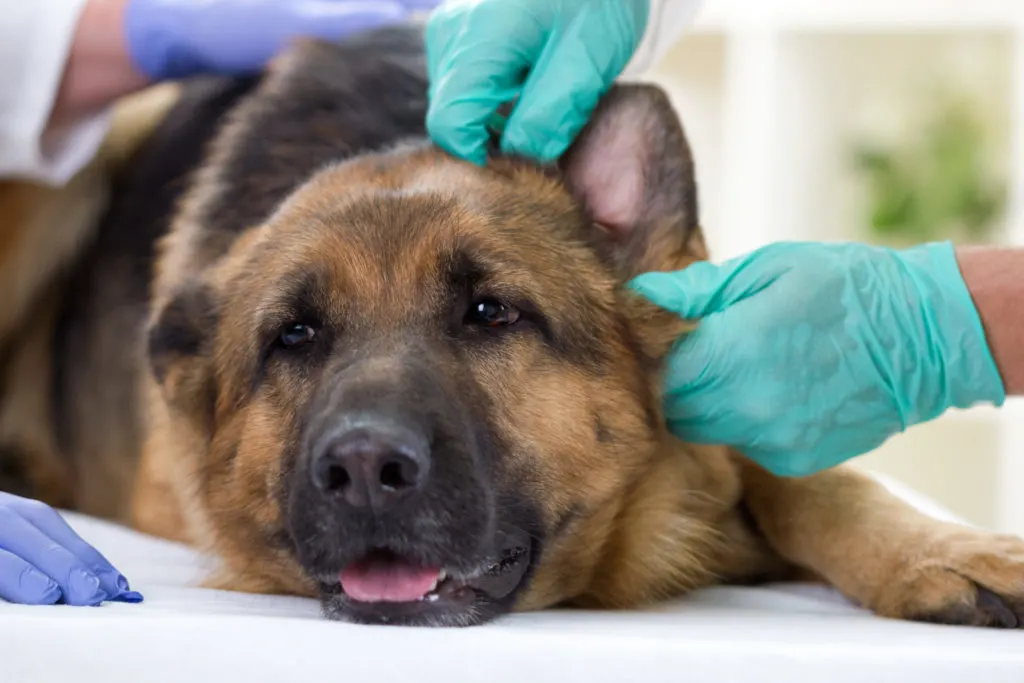
German Shepherds love a good scratch from time to time. Sometimes when we see them scratching, we even help them out a little and they clearly appreciate the gesture. However, there may be times that you notice your GSD scratching himself a fair amount more than usual.
If you see this happening, it’s time to pay closer attention, as his itching may actually be a symptom of a condition that is actually causing him severe discomfort.
Are you more often than usual hitting a “sweet spot” that makes his hind leg go nuts like he’s scratching himself? Is he also losing more hair than usual?
If these things are happening, you may be asking yourself – why is my German Shepherd so itchy?
Your dog is most likely itchy for one of three reasons. He either has a food allergy, a seasonal allergy, or he has external parasites such as fleas or lice.
Thankfully, you are able to help your dog in this situation, and we’re here to tell you exactly how. But first, let’s take a look at the probable causes for your German Shepherd being so itchy.
Click Here to Jump to a Section
What Is the Cause of Itchiness?
The first thing to think about is your dog’s history in terms of him itching. See if you can identify when the itching may have started and determine how long it’s been going on for.
When determining why your German Shepherd may be itchy, there are three primary reasons behind it.
1. An external parasite
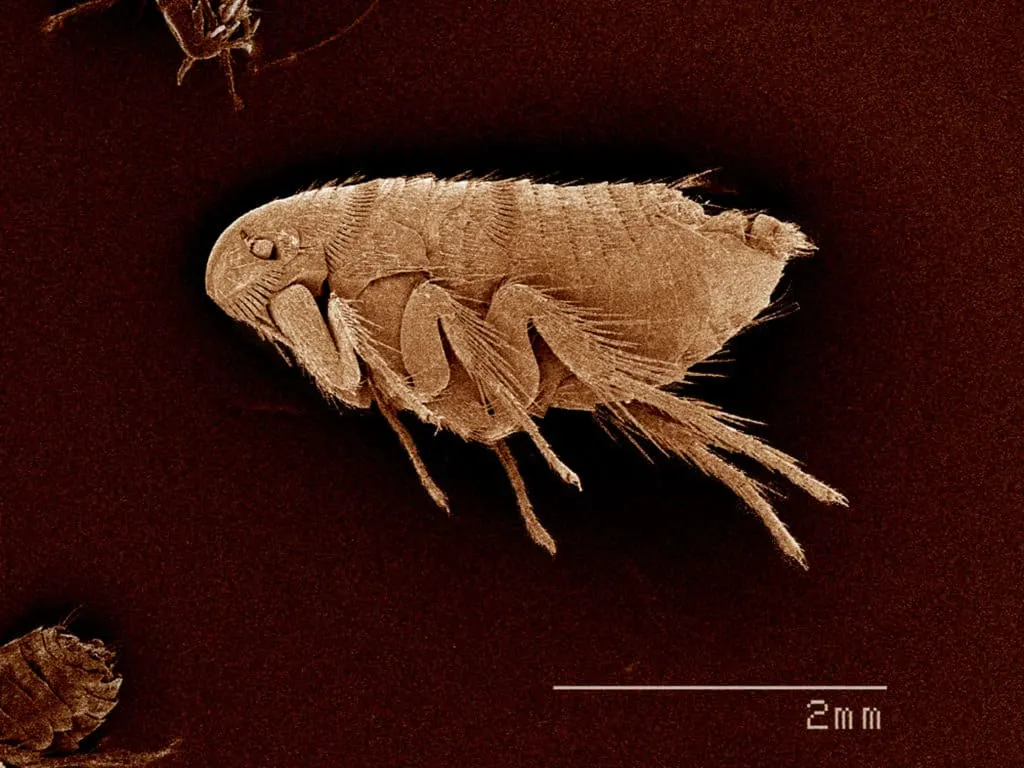
Often times, the culprit behind your dog’s itchiness may be caused by an external parasite. Fleas and lice commonly attach themselves to dogs, and can cause extreme discomfort and even self-mutilation through efforts to relieve the discomfort.
It’s not uncommon for a dog to be boarded at a kennel and come home with either fleas or lice. The same applies if your dog has recently visited the veterinarian, though this is not as common as after returning home from a kennel.
2. Food allergies
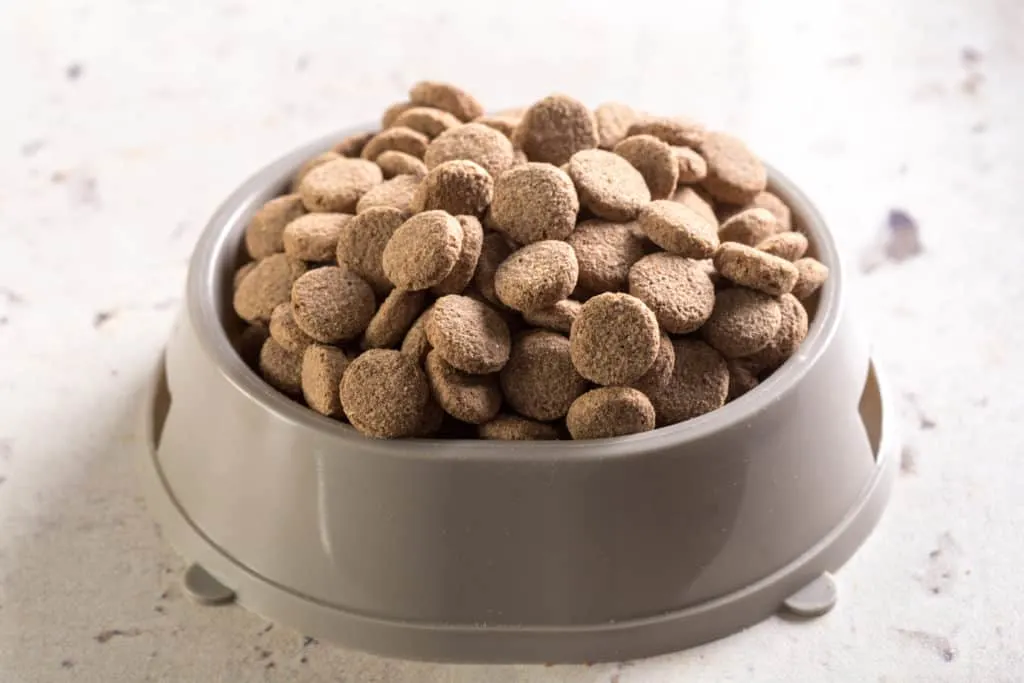
Consider whether your GSD has recently consumed something outside of his normal diet, and also whether you have recently made a change to your dog’s regular diet.
While your GSD may be allergic to one particular thing that he may have ingested, chances are that if there is an allergy present from food that it has to do with a change in his regular diet. Itching due to a food allergy is usually due to something that your dog will have been consuming for a while versus just on one occasion.
It’s important to differentiate itching from a food allergy to itching due to a seasonal allergy caused by pollen. So another factor to consider is whether or not the seasons have recently shifted so that you don’t confuse the reason for why your dog is especially itchy.
3. Environmental allergies

Environment allergies, also called Atopic dermatitis, present when your dog is allergic to some type of an environmental substance. This could be an airborne substance like pollen, but it could also be from dust mites, which are found in literally every household.
Environmental allergies are most often present in dogs at least 6 months old, but they are more common in dogs that are at least 1 year old.
These allergies can begin as seasonal in nature. They may begin in the spring and then taper off as fall approaches.
Dust mites can also be a cause of itching. These are not a parasite as many people think, as they don’t actually bite, sting, or burrow into a dog’s body like fleas and lice.
They can be found gathering in places where dead skin cells accumulate most often – places like furniture, bedding, carpeting, throw rugs, and stuffed animals.
Dust mites can be found in just about every household. They are most prevalent from August to November when houses are closed up because of cool evenings and increasing humidity.
However, be aware that, while seasonal, dust mites can still show up in the winter when heaters are stirring up dust.
Step by Step allergy test for your German Shepherd
Let’s use a hypothetical example of a German Shepherd who just starts itching, seemingly out of nowhere.
Go through the following steps and you will be able to isolate the most common cause for your GSD being itchy.
Has your German Shepherd had the same food throughout his life?
YES – Most likely not a food allergy, as these will most often present only if there has been a significant change from your dog’s regular diet.
NO – If you have recently changed your dog’s diet (at least 2 weeks ago), then there is a good chance that your GSD’s itching is due to a food-related allergy.
If this is the case, speak with your veterinarian. She will be able to help you identify what is in the food that is causing the allergic reaction in your dog, and will also provide suggested foods based on your dog’s individual needs.
Have the seasons recently changed?
YES – If the dog is middle-aged, then not likely a seasonal allergy. Seasonal allergies begin to show up after 6 months to 1 year of age.
YES – If the dog is 6 months to 1 year old, then his itching is likely due to a seasonal allergy.
NO – A seasonal allergy is probably not the concern here. They will show up the vast majority of the time when spring has just arrived. The exception here are dust mites.
If you suspect that dust mites are the culprits, then talk with your veterinarian, as you will not be able to see them. Dust mites are only visible under a microscope, and even then they still look very small.
If you’re not dealing with dust mites, then you are most likely dealing with a pollen allergy. Pollen gathers on a dog’s skin, ears and paws. This often causes excessive paw licking, recurring ear infections, hair loss and redness in the groin area.
You will also notice seasonal allergies recurring each year, and worsening as the years pass.
The next step at this point (once you have ruled out food allergies and dust mites) is to perform an overall examination of your dog’s skin to see if he is allergic to something else in the environment – most likely pollen.
You will need to check your dog and look for signs of skin irritation.
To do this, use your fingers and thoroughly go over the entirety of the hair on your GSD’s body. Not a small task, but a necessary one. Feel your dog’s hair. Evaluate whether it is very dry and brittle, or if there is excess dander present.
Move on to your dog’s muzzle. Look closely underneath his lips and examine the gums. Check to see if there are any types of ulcerations or lesions anywhere. Make sure to check thoroughly into the corners of your dog’s mouth for these as well.
Next, check your dog’s eyes to see if there is any type of discoloration, and then move on to his ears. Look closely for any redness that could indicate an ear infection.
Also examine your dog’s paws. Pay close attention to the spaces between his pads and see if they feel particularly rough or if there are any unusually hard areas on the surface.
If there’s no food or seasonal allergy, are there external parasites present?
Let’s assume that you have completed the skin examination and you’ve found that all checks out – no apparent abnormalities anywhere – but your dog is still itchy. Now it’s time to check for external parasites (fleas or lice).
To test for external parasites, simply get a flea comb and carefully run it through portions of your dog’s fur. It’s unlikely that you will comb out a live flea, as they are rather elusive, but if fleas are present you will almost certainly comb out an egg or two.
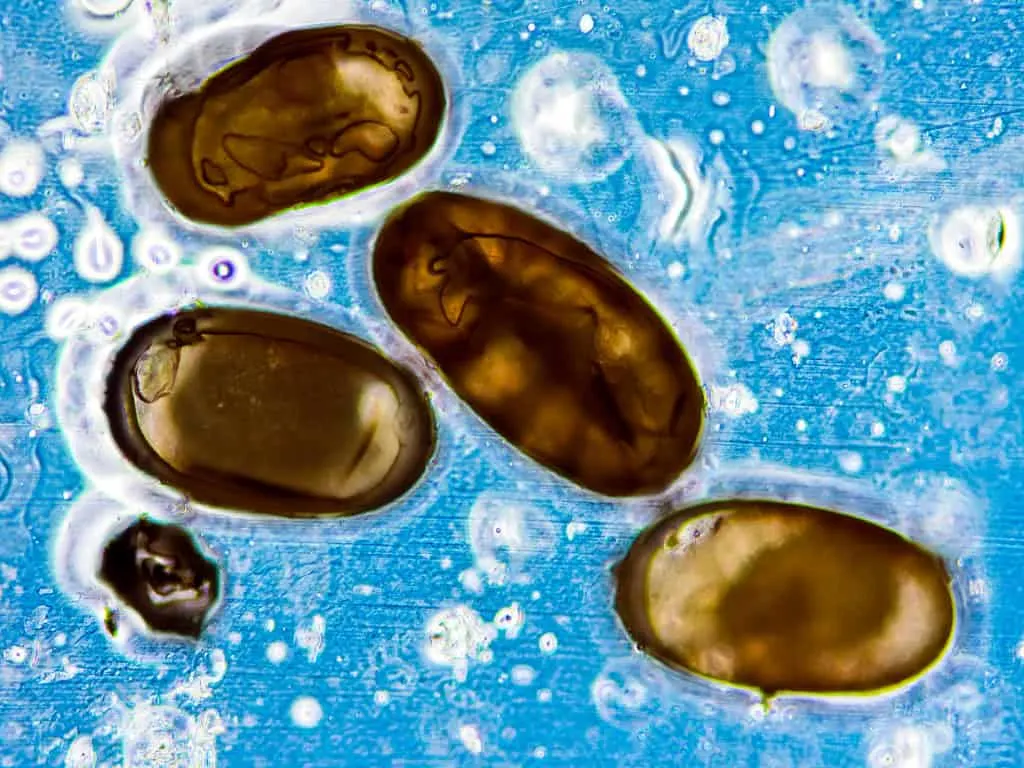
Flea eggs can also be difficult to see, so clean the comb out over a white piece of paper. The eggs are dark in color, so they will be easier to see on a white background.
If you do not come across any fleas or flea eggs, then there is a good chance that you will come across a louse. Louse, singular for lice, are about the size of a small sesame seed.
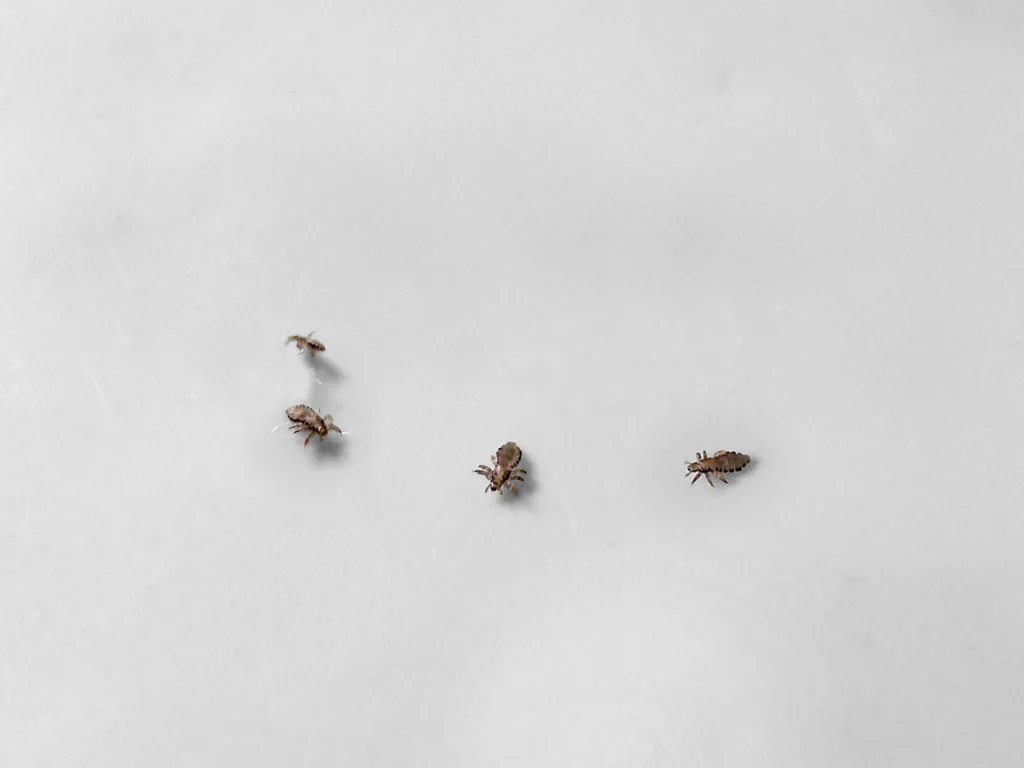
If you have determined that fleas or lice are present on your dog, the next step here is to wash all of your dog’s bedding, as well as your sheets and anything other fabric that your dog may lie down on.
After you do this, it’s time to treat your dog’s flea or lice problem directly. You will need to purchase a good quality flea shampoo to treat your dog effectively.
Regardless of whether your dog has fleas or lice, a flea shampoo will be effective to treat the issue. Most flea shampoos contain either pyrethrins or organophosphates, which are both effective at getting rid of both lice and fleas.
Pyrethrins are pesticides that are found naturally occurring in some types of chrysanthemum flowers, while organophosphates are chemical compounds made from phosphoric acid and alcohol.
Prior to washing your dog’s hair with flea shampoo, make sure that you comb through as much of your dog’s hair with a flea comb as possible. This will greatly cut down on the number of flea eggs or lice present and will make sure that the shampooing will be as effective as possible.
Also make sure to put the flea-infested hair into a sealed bag and throw it away outside in the garbage. Do not dispose of the hair in an indoor garbage can in the event that some of the fleas or lice manage to escape. If some do manage to get out, you will just have another problem waiting to happen.
You may also choose to use a topical insecticide. Two popular and effective topical insecticides are:
Frontline Plus: This will kill all of the fleas on your dog within 12 hours. It kills live fleas as well as any contained in unhatched eggs.
Advantage II: This product will also kill the fleas on your dog within 12 hours, and it will also stop fleas from biting almost immediately.
If you find that a topical insecticide isn’t right for your dog, you also have the option of giving your dog pills or treats that will fix the issue. A few popular brands are:
Capstar: An effective oral pill, it begins to kill fleas within 30 minutes of dosing and will kill them before they lay eggs for a full month.
FurroLandia Chewable Flea & Tick Treats: If you prefer a more natural approach, then treats may be the way to go. However, some dogs love the taste – others, not so much.
Also, treats will never work as quickly as a topical or oral medication, so these are not recommended if your GSD has on ongoing severe case of fleas.
Final Thoughts
It’s never pleasant to watch your German Shepherd be consumed with itching himself because of an allergy or due to a parasite like fleas or lice. Thankfully, you are in a position to be able to find the root of the problem and do something about it.
Most GSD itching issues can be effectively managed as long as you are proactive in paying attention to what may be causing the issue.
Follow the steps listed above, and it shouldn’t be too difficult to figure out the cause of your GSD’s itching. By following a few simple steps, you will be able to put an end to it sooner than later.
